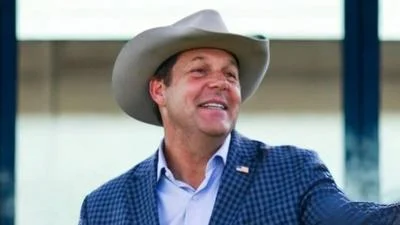SOCORRO, N.M. ‒ Beginning Nov. 10, the Sierra Soil and Water Conservation District, in partnership with the Bureau of Land Management Socorro Field Office, will treat up to approximately 2,400 acres of creosote bush and 840 acres of juniper. Treatments will occur on BLM land within Socorro and Catron counties in southwestern New Mexico where creosote bush and juniper densities have surpassed historic, naturally-occurring levels.
The objective of the treatments is to improve plant species diversity, which will benefit wildlife, rangeland and watershed health by reducing the density of creosote bush and juniper, and result in an increase of native grasses, forbs and other herbaceous vegetation.
A low-flying airplane will drop Tebuthiuron pellets, a soil-activated herbicide that inhibits photosynthesis, on creosote bush and juniper. At the planned rate and timing of application, the herbicide will have minimal impact on desirable grasses and forbs. Since the herbicide is applied in pellet form, it will not drift from treated areas. When the pellets dissolve with favorable precipitation, they are absorbed into the ground to a depth of approximately two feet and into the target plants root system, eventually reducing the creosote bush and juniper plant cover. The pellets will not be dropped near waterways or on slopes greater than 10 percent.
The herbicide Tebuthiuron has been used to control creosote bush and juniper since the 1980s, and the benefits of its application are well documented. The BLM’s goal is to decrease creosote bush and juniper densities to historic levels and not eradication.
For further information, please contact Travis Day with the Sierra SWCD at 575-894-2212, or the BLM Albuquerque District Rangeland Improvement Specialist Jeff Fassett at 575-838-1245.
Source: U.S. Department of the Interior, Bureau of Land Management





